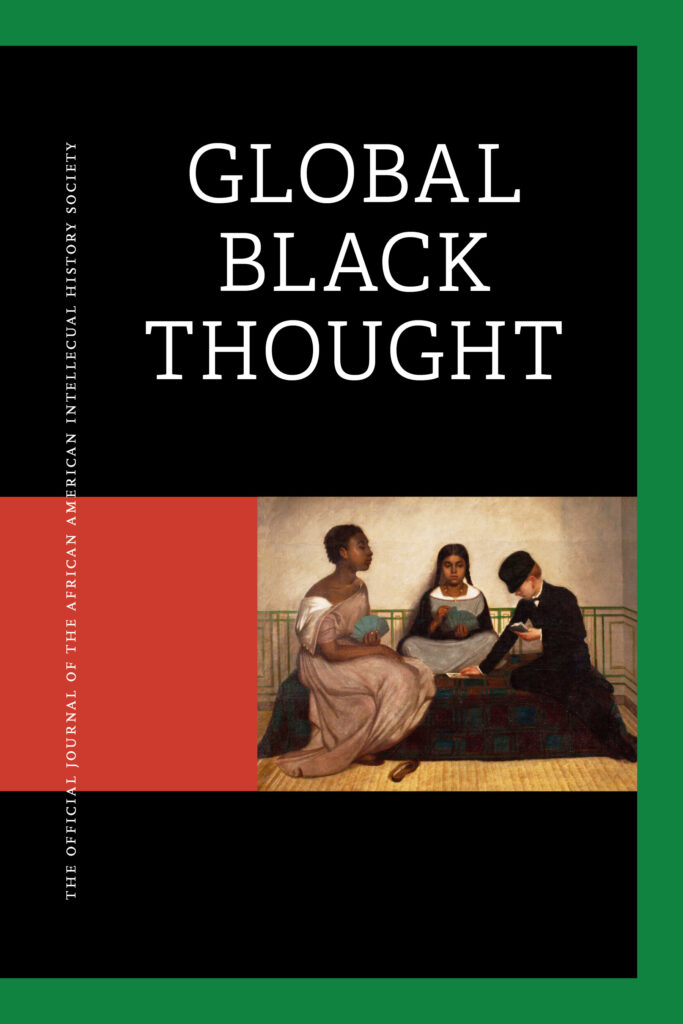Mary Paterson's corpse was, as historian Lisa Rosner put it, "the most notorious cadaver." Her murder at the hands of William Burke and William Hare, and the subsequent preservation of her body at Dr. Robert Knox's anatomical study facility were the fodder for many titillating and moralizing versions of the Burke and Hare story. When Burke delivered Paterson's corpse to Knox, the anatomist treasured
his new acquisition, preserving the body in whiskey for three months
before dissecting it. Knox even brought in artists to capture the beauty of his young specimen.
In many fictional and journalistic accounts of Mary Paterson's murder, she was depicted as a brazen, beautiful prostitute who had come to a horrible but inevitable end. "Mary Paterson," wrote Charles Kirkpatrick Sharpe, "was a person of disorderly life, and is said to have been well known to Burke before he murdered her. . . . She was cut short in her sinful career, and hurried (O, dreadful thought–how much unprepared!) before the judgment-seat of her offended Maker." Even this recent comic strip by the history-minded Kate Beaton is based on the assumption that Paterson was "a girl of the town." Paterson's story was the basis of the trope of the medical student beginning a dissection only to discover that the body before him was that of his lower class lover whom he had been with the night before.
But Paterson's friend, a woman named Janet Brown, defended Paterson's reputation and bristled at the idea that Paterson was a raggedy street walker. Brown was one of the last people to see Paterson alive. Burke had treated the two women to breakfast and drinks, including a couple of bottles of whiskey. Unfortunately, Paterson passed out and Brown left her with Burke when he began to argue with his common law wife, Helen M'Dougal. Brown returned to the scene shortly after, but it was too late. She never found her friend again.
While combing through Edinburgh archives, Lisa Rosner uncovered further evidence that Paterson was not a professional prostitute. Paterson may have been a resident of the Magdalene Asylum, a sort of reform school. The mission of the institution was to help girls who were not yet hardened criminals but "at risk," as we might say today. It is possible that Paterson met Burke shortly after finishing the strict Magdalene Asylum program of work and bible study. The records from the asylum and the account given by Janet Brown paint a much more subtle portrait of Mary Robinson than the illustrations and engravings that bore her name.
Detailed analysis of the various versions of Mary Paterson's story can be found in The Anatomy Murders: Being the True and Spectacular History of Edinburgh's Notorious Burke and Hare and of the Man of Science Who Abetted Them in the Commission if Their Most Heinous Crimes.

